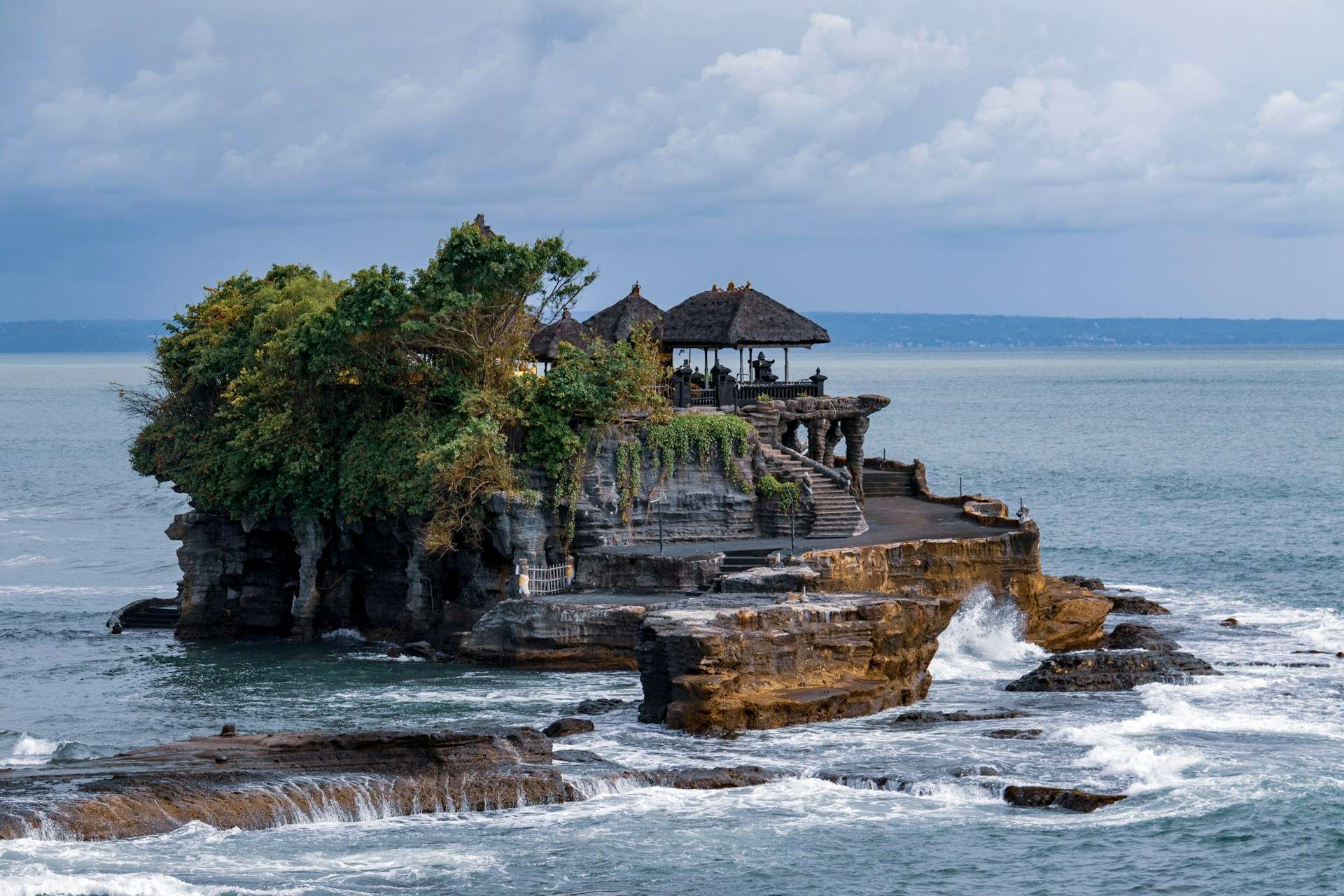Bali has remained unaffected despite the recent tsunami threat that followed an 8.8-magnitude earthquake near Kamchatka, Russia. While several Pacific regions, including parts of Indonesia, were initially placed under tsunami advisories, Bali was not among the areas at risk. The island’s strong tsunami preparedness measures, such as the InaTEWS system and coastal sirens, have played a critical role in ensuring safety for both residents and tourists.
The Indonesian government, along with local authorities, swiftly activated emergency systems and communicated clear evacuation plans. For tourists, it is essential to be aware of hotel evacuation procedures and know the location of emergency assembly points, especially if staying in low-lying coastal areas. In the event of a tsunami warning, visitors are advised to head to higher ground or move inland to safer zones, where the impact of a tsunami would be less severe.
While the tsunami threat has since diminished, Bali’s comprehensive disaster management system remains a key factor in ensuring the safety of the island’s population and its visitors. These measures, alongside a well-established early warning system, have helped mitigate risks associated with the earthquake’s aftereffects. Tourists and residents alike are encouraged to stay informed through official sources, particularly in regions prone to natural disasters.
While the earthquake and subsequent tsunami threat caused concern across the Pacific region, Bali’s robust preparedness systems have ensured that the island remains safe. Travelers are reminded to remain vigilant, follow local safety instructions, and ensure they are familiar with evacuation procedures in case of any future natural events.


